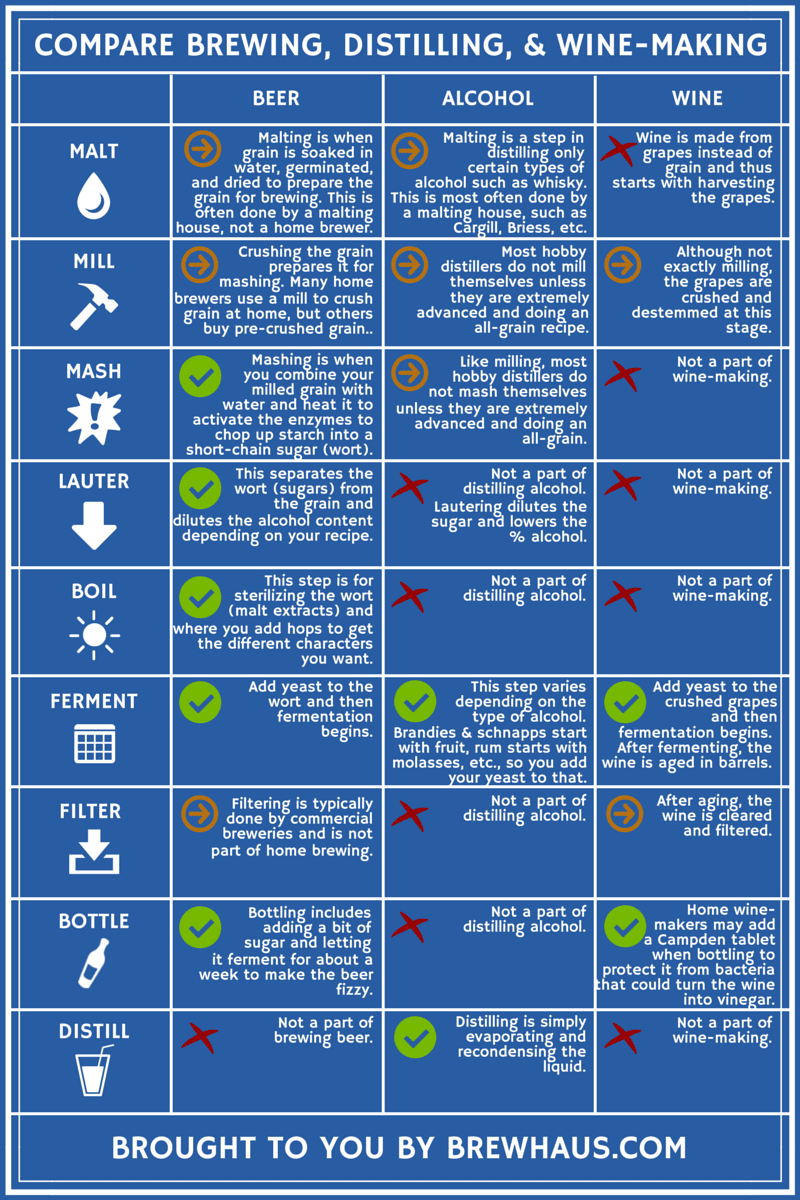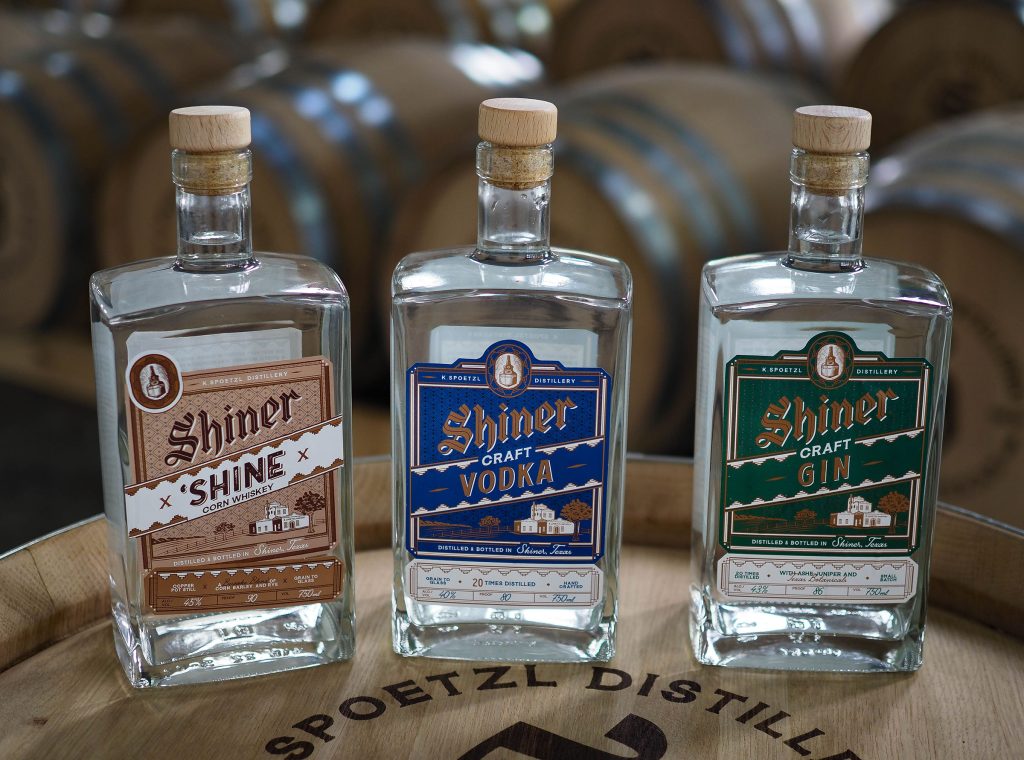Taste the Finest Galveston Whiskey: Regional Distilleries and Special Picks
Taste the Finest Galveston Whiskey: Regional Distilleries and Special Picks
Blog Article
The Ultimate Distillery Experience: From Grain to Glass, Everything You Need to Know
Getting started on a journey via the complexities of the distillery procedure introduces a globe where science satisfies creativity in the creation of spirits. From the mindful option of grains to the precise crafting of each bottle, every step in the production line plays a vital role in forming the final item that beautifies our glasses.
The Art of Grain Choice
Selecting the suitable grains is a crucial step in the distillation procedure, determining the flavor profile and high quality of the final item. The sort of grain selected significantly influences the character of the spirit being created - Distillery in Galveston. Typical grains utilized in distillation include barley, rye, wheat, and corn, each imparting distinct flavors and features to the end product

Beyond taste factors to consider, the high quality and purity of the grains are extremely important. Distillers carefully source grains to ensure they are free from impurities and possess the required starch material for fermentation. By mastering the art of grain selection, distillers lay the structure for creating outstanding spirits that mesmerize the taste buds.
Distillation Process Demystified
Having developed the structure with careful grain option, the distillation procedure arises as the transformative phase where the essence of the picked grains is opened and fine-tuned right into a spirited form. Distillation is a methodical procedure that depends on the concept of separating alcohol from a combination based upon distinctions in steaming factors. When the fermented mash is heated up in the still, the alcohol vaporizes at a reduced temperature level than water and various other substances, permitting for its removal. As the alcohol vapors pass and climb via the still, they condense back right into liquid form, resulting in a higher proof extract. This distillate, additionally understood as the 'heart cut,' is the purest and best part of the distillation run. Nonetheless, the process does not end there; numerous distillation runs or additional actions such as aging in barrels may additionally fine-tune the spirit, improving its complexity, taste, and character. Understanding the complexities of the purification procedure is important for generating premium spirits that mesmerize enthusiasts and connoisseurs alike.
Barrel Aging and Taste Growth
During the barrel aging process, spirits go through a transformative journey as they connect with the wood, absorbing nuanced flavors and establishing an abundant complexity. The kind of timber made use of, typically oak, considerably affects the last preference of the spirit. Oak barrels are preferred for their special homes that enhance the flavor profile. As spirits age in the barrels, they extract compounds such as vanillin, lignin, and his explanation tannins from the wood, adding to the development of aromas like vanilla, sugar, seasoning, and also hints of toasted oak.
The porous nature of timber likewise enables the spirit to take a breath, helping with the assimilation of flavors over time. Depending on the period of aging and environmental conditions like temperature level and humidity, spirits can obtain different attributes, from subtle timber notes to deep, complex tastes that make each set distinct.
Craftsmanship in Bottling and Classifying
As spirits reach their optimal taste profiles with barrel aging, the thorough craftsmanship in bottling and labeling becomes the following crucial action in presenting a premium item to customers. The process of classifying and bottling is a crucial element of the total distillery experience, as it is the final touchpoint before the item gets to the hands of consumers (Galveston Liquor). Workmanship in bottling entails ensuring that each bottle is filled up specifically with the spirit, considering elements such as uniformity in fill degrees and the avoidance of any pollutants going into the container

Tasting and Appreciating Fine Spirits
To completely value great spirits, one have to involve all the detects in a purposeful and mindful tasting experience. When tasting fine spirits, it is vital to start by observing the spirit's appearance. Note the color, quality, and thickness of the liquid in the glass. Swirl the spirit carefully to release its aroma. The nose is a vital feeling in tasting spirits; take a moment to inhale the complex scents deeply. Next off, take a tiny sip and allow it remain on your taste. Take note of the various flavors that unfold - from sweet and fruity notes to spicy or great smoky touches. Think about the mouthfeel, noting if the spirit is smooth, silky, or fiery. Swish the spirit in your mouth to fully experience its More Help structure and preference. Swallow gradually and appreciate the lingering finish. Great spirits commonly leave a pleasant aftertaste that can reveal a lot more regarding the craftsmanship and top quality of the beverage. By engaging all your detects in this way, you can really savor and value the intricacies of great spirits.
Verdict
To conclude, the distillery experience encompasses the complex art of grain selection, the exact distillation procedure, the transformative barrel aging, the thorough craftsmanship in bottling and classifying, and the innovative practice moved here of sampling and appreciating fine spirits. Each action in the production procedure plays an essential role in developing premium spirits that astound the senses and joy connoisseurs worldwide.
The type of grain picked significantly affects the personality of the spirit being produced. By grasping the art of grain option, distillers lay the structure for producing remarkable spirits that mesmerize the taste.

Report this page